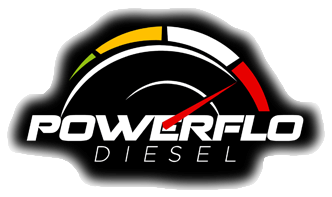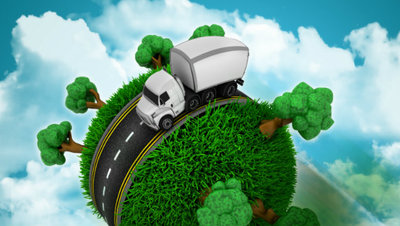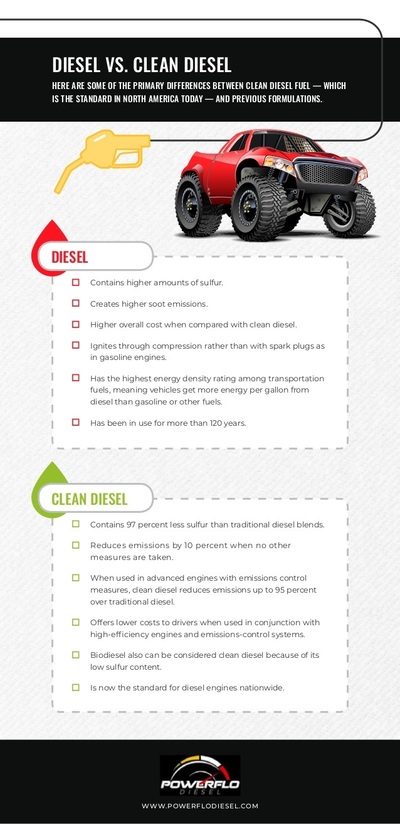Diesel Vs. Clean Diesel A Tutorial
SEE ALSO:Diesels "Pickup" New Life in Detroit
Diesel has been the fuel of commerce around the world for more than a century. It powered the ships, trains and trucks that carried goods into new markets and helped businesses grow. Although that power has been indispensable for the global economy, it comes with a cost. The high sulfur content of such fuel contributes to air pollution and other environmental issues. In Germany and elsewhere in Europe, automakers and energy companies are beginning to phase out earlier formulations and embrace cleaner-burning fuels. In North America, it’s already the standard.
Yet even though it is now common nationwide, many car owners still don’t fully understand what makes clean diesel different from its predecessors. Advancements in engine design and new formulas allow vehicles to run more efficiently. Vehicles using them also produce fewer harmful emissions. However, drivers may not even be aware that when they talk about it, they’re discussing the current standard — not something in the far-off future. They may not know why these newer options are superior to older types.
To help dispel prevalent misunderstandings, refer to the accompanying checklist. It details important differences between clean diesel and traditional fuels. Thanks to this advanced technology, businesses around the world can continue running with less worry.
 This checklist was created by PowerFlo |
This checklist was created by PowerFlo




